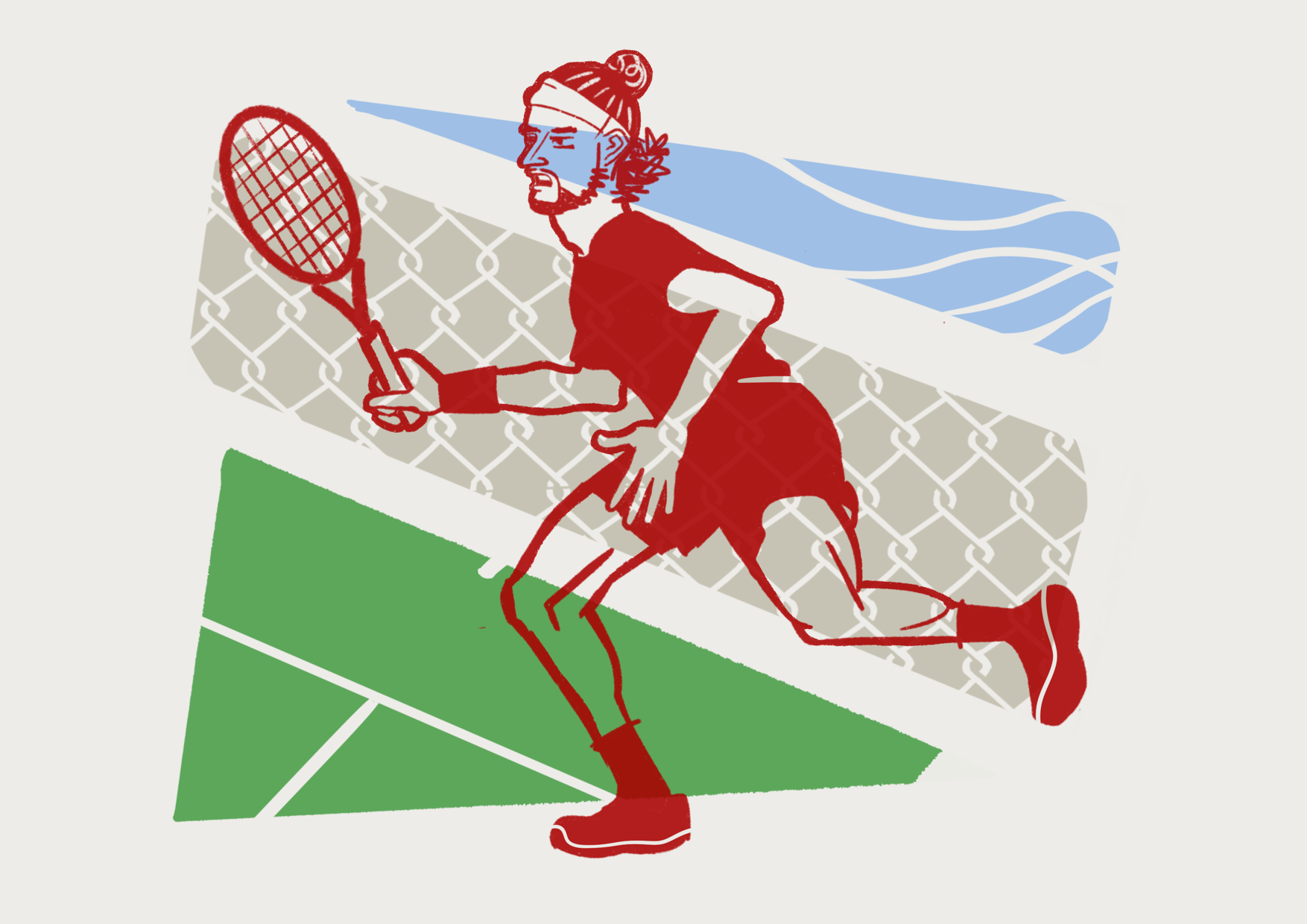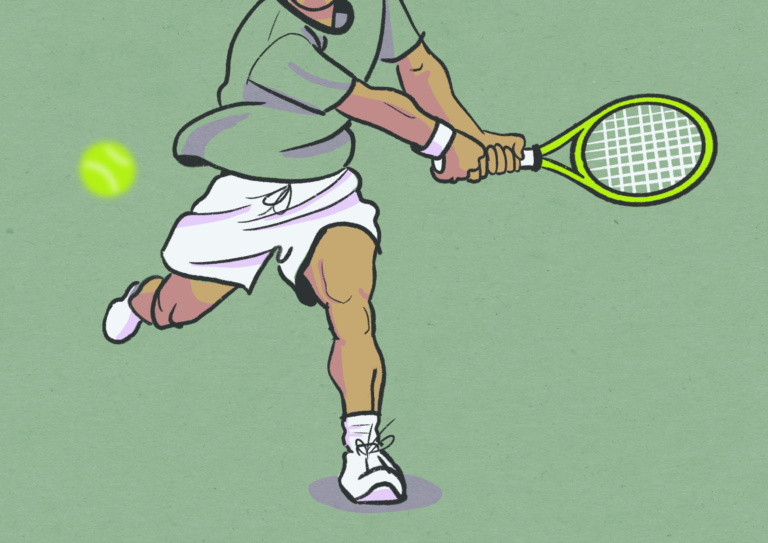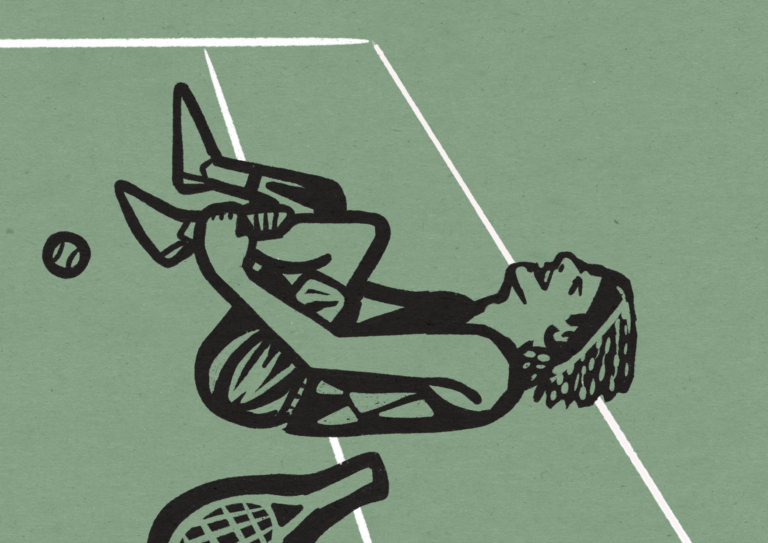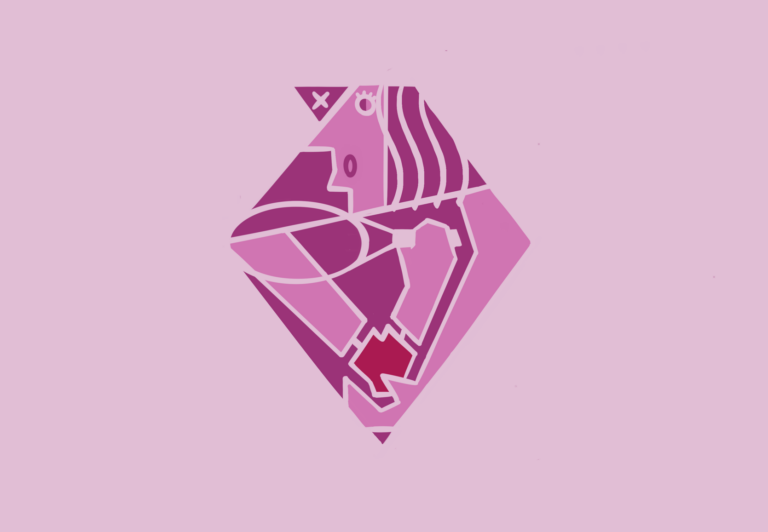How Superior Fitness Can Change Your Tennis Game
Have you ever seen a top pro who doesn’t look insanely fit? The reason for that is that to be a top pro, you need to be in top-tier shape. Fitness is one of the factors that separates even the best players on the planet. Being fit in tennis isn’t just about looks; it plays a vital role in your overall physical and mental game.
Anaerobic vs Aerobic
Endurance doesn’t just mean being able to have the anaerobic power to reach and powerfully hit a groundstroke. It also means having the aerobic fitness that allows you to maintain that level of endurance throughout an entire match. So, unlike many other sports, tennis relies heavily on both.
- Anaerobic Endurance
- Generating energy without oxygen for short bursts of high-intensity effort
- Sprinting for a ball at the net
- Jumping for an overhead
- Relies on stored energy in muscles
- Generating energy without oxygen for short bursts of high-intensity effort
- Aerobic Endurance
- Use of oxygen to produce energy during long, steady, low-to-moderate intensity activities
- Maintaining strength over 2+ hour match
- Relies mainly on fat and carbohydrate metabolism
- Use of oxygen to produce energy during long, steady, low-to-moderate intensity activities
There is no time limit in tennis. So having the aerobic endurance to get through an entire match is imperative. It can be the difference between winning a tournament or “adding another second to a stopwatch,” as my dad would jokingly say. Running for miles on end however, isn’t going to necessarily be the training that will help you excel on the court.
Mark S Kovacs, who has Ph.D. in Exercise Physiology from The University of Alabama, explains in a study that “Hitting accuracy is reduced by as much as 81%” when a tennis player is reaching a point of muscle fatigue. This further illustrates the importance of anaerobic training. When a match is prolonged you’ll want to be sure your muscles are still operating at a functional level.
Building up both anaerobic and aerobic endurance can be achieved by strength training, agility drills, and plyometrics. Ultimately, training hard on the court by recreating match intensity is the best way to ensure your fitness levels are at the level they need to be.
Better Focus
Have you played a match where you’re thinking to yourself “wow, I’m tired”? When that happens, your focus has shifted from figuring out how to win to focusing on how exhausted you feel.
Any tennis player will tell you that a tired body equals a tired mind but this phenomenon is also backed up by research. A group of professors in China studied the effect of physical fatigue on a tennis players’ service return.
- Physical fatigue disrupts visual focus
- After undergoing an intense exercise, players showed significantly shorter eye fixations
- Indicates that tired athletes have impaired visual attention and tracking ability
- After undergoing an intense exercise, players showed significantly shorter eye fixations
- Drop in service return performance
- As attention deteriorated, so did performance
- clear link between physical tiredness and reduced on-court execution
- Tired mind starts to miss physical cues
- Advanced players can gain an advantage by reading a servers body such as arm or racquet position
- Fatigue has shown that even advanced players stop picking up these cues when tired
I have sometimes wondered during a game, “Why did I just run after that ball? I lost the point anyway.” You’ve already lost the match with that sort of mentality. As a player, you never know what may happen if you try and keep your focus through fatigue. When you go into a match knowing you’re at the peak of your fitness, it is not only a psychological advantage for yourself but proven to sharpen your ability to focus for longer.
Refined Footwork
“Move your feet!” We’ve all heard this from a coach before. Those three nagging words however, may be the most important words you’ll hear in tennis. And the fitter you are, the better your footwork will be.
In a 2022 studio it was found on just Forehand alone there are 6 different footwork patterns, that are used to different situations with varying degrees of success. How are you supposed to execute properly even one of these if you are finding it difficult to put one foot in front of the other due to exhaustion?
Besides nailing the right footwork pattern on a particular shot, good footwork also allows a player to…
- Stay on the balls of your feet and not get caught flat footed
- Properly time your split step
- Cover more of the court
- strike the ball earlier
- Recover quicker to the center of the court
- Run around your backhand if necessary
- Take small steps so the ball isn’t in too close
Reduce the Risk of Injury
The best ability is availability. You can’t win many matches if you aren’t healthy enough to get on the court. Superior fitness goes a long way in reducing your risk of injury. Besides having elite cardio or bigger muscles, your flexibility and balance will go a long way in helping you avoid soft muscle injuries. Whether that’s supplemental yoga or simple but considered stretching routines, it’s worth taking the time to work on your flexibility.
People can also struggle with their mental health when they are sitting out due to injury. I have witnessed this firsthand as a college athlete. I was surrounded by injured athletes because they weren’t focused enough on taking proper care of their bodies. Especially if you suffer a long term injury you may start to question your own motivation, which could lead to an identity crisis or depression. If you’ve never gone through this before it may be a shock. In this case, prioritizing your fitness levels will benefit both your body and mind.
All in all, with all the benefits of having superior fitness on the court, you can now play with even more confidence in your athletic and tennis abilities. So, enough of feeling lazy, do that little bit of extra fitness because it will benefit you in more ways than one. Not to mention, it also feels nice when someone compliments your footwork. If that’s not motivation enough, I don’t know what is.




